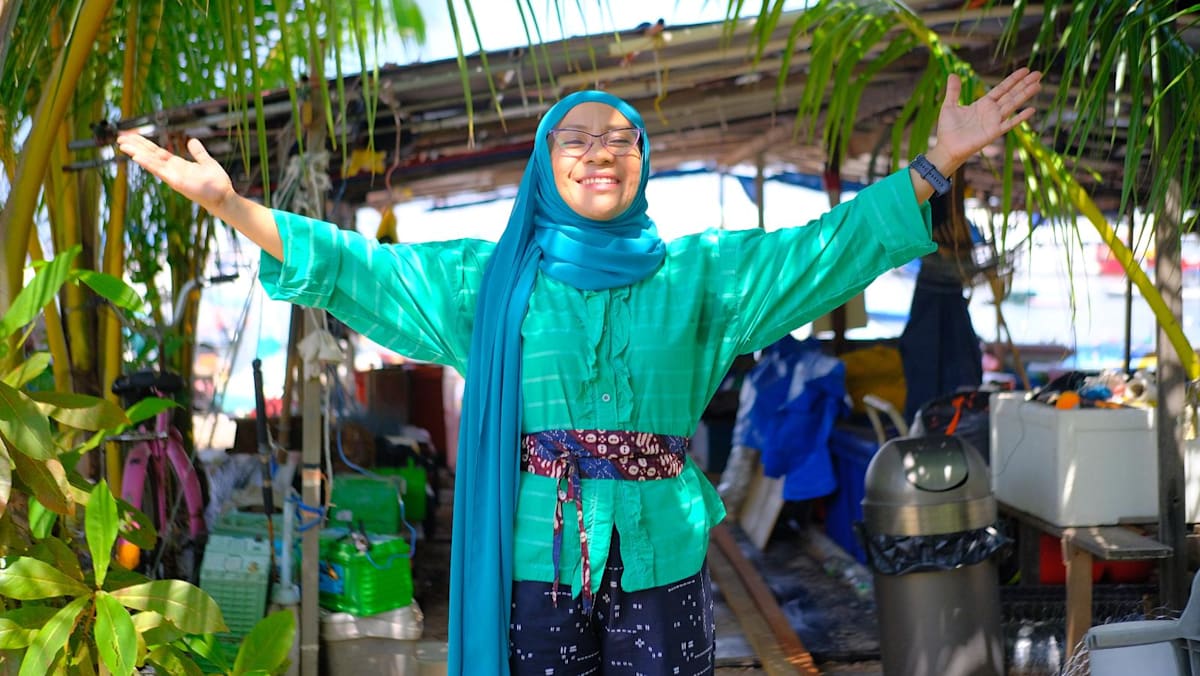Islanders would sail from place to place for it almost every other night. On bigger occasions, like weddings or graduations, the dancing could last all night, starting after the final evening prayer and ending just before the first call to dawn prayer the next day.
For Asnida, the joget dangkung is a homage to Orang Laut life, a reminder of community, resilience and joy, where everyone – relatives, friends, visitors – is welcome to join.
Now that there are only so few families still living on the islands around Singapore, the community rarely meets to dance – but, Asnida said, that doesn’t mean the spirit is gone.
“We still dance in our new homes, our HDB flats, our condominiums, our void decks, our multi-purpose halls, our function rooms,” she said.
This was on full display during Hari Orang Pulau in June this year, a day celebrating the islanders’ indigenous heritage. For more than two hours, people danced the joget dangkung in a field at West Coast Park. The dance floor was filled with people of all ages, ethnicities and nationalities.
The venue was a poetic choice. It was once where islanders docked their boats when they visited the mainland, and it sits close to the neighbourhoods where many Orang Laut now live.
That sense of openness and togetherness is what Asnida is striving to keep alive today.
“There are many ways to keep heritage alive,” she said. “Some people do it through food, some through classes, some with walking tours. For me, the best way is through music. It’s in my soul. It tells my stories. It keeps my Pulau Sudong and Orang Laut spirit alive.”
